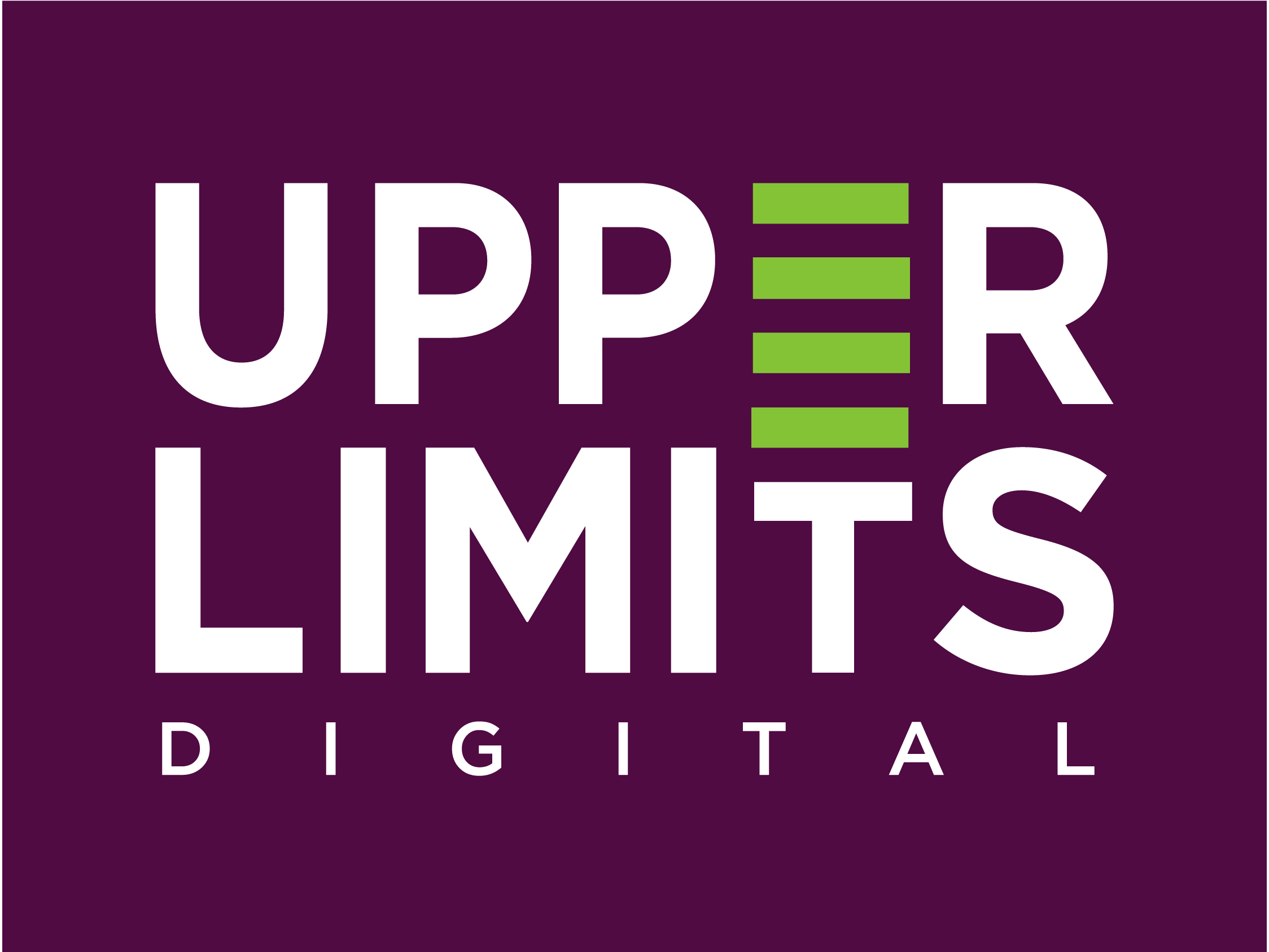As digital marketers, we’re constantly seeking ways to engage our audience and get them to take action. But here’s the catch: people’s brains aren’t as simple as we think. There’s a psychological phenomenon that can make or break how we design our content and influence our audience – the Zeigarnik Effect.
Let’s dive into what the Zeigarnik Effect is, how it works, and how we can use it to make our marketing even more effective.
Table of Contents ⬇️
What Is the Zeigarnik Effect?
Named after the Russian psychologist Bluma Zeigarnik, the Zeigarnik Effect is a psychological phenomenon that describes how people tend to remember unfinished tasks better than completed ones. In simpler terms, when we’re faced with an open loop or an incomplete task, our brains can’t help but stay fixated on it until it’s resolved.
Think about the last time you watched a cliffhanger in a TV series. You know that feeling when you can’t stop thinking about the next episode? Or when you’re reading a book and your mind can’t let go of the unresolved plot? That’s the Zeigarnik Effect at work.
How Does the Zeigarnik Effect Apply to Marketing?
The Zeigarnik Effect essentially plays on the brain’s need for closure. When we leave a story or a piece of content incomplete, it creates a feeling of tension or curiosity in the audience’s mind. That tension pushes people to take action, seek out more information, or find the resolution. And this is where we, as digital marketers, can turn this psychological phenomenon into a powerful tool for driving engagement and conversion.
Using the Zeigarnik Effect in Your Marketing Strategy
Now that we know what the Zeigarnik Effect is, how can we use it to enhance our marketing efforts? Let’s explore a few key strategies:
1. Use Cliffhangers in Your Content
Whether it’s in your email marketing, blog posts, or social media posts, leaving a little something unsaid can be incredibly powerful. Think about those times you’ve seen a post that teases an answer or a solution but doesn’t quite give you everything. It drives curiosity, making your audience come back for more.
For example, if you’re writing a blog post or creating a video, you could end with a “stay tuned for part 2” or “find out what happens next by subscribing.” This subtle open loop encourages your audience to stick around and engage with your content even more.
2. Use Teasers and Countdown Timers
Creating anticipation around a product launch, sale, or new content release can work wonders with the Zeigarnik Effect. By teasing your audience with snippets or countdowns, you keep their curiosity alive and keep them waiting for the final piece of the puzzle.
A classic example is using countdown timers on landing pages or social media posts. It creates urgency while leveraging curiosity about what’s coming next.
3. Break Long Content into Digestible Chunks
People are busy, and they’re not always going to read or watch everything in one sitting. But by breaking your content up into multiple parts, you create an “unfinished” experience. This encourages people to come back for the next piece of content.
For example, if you’re running a multi-part email sequence, each email should leave your reader with a small “cliffhanger” or open loop that encourages them to come back for the next installment. Think of it like a TV series where each episode leaves you wanting more.
4. Use Interactive Content
Interactive content like quizzes, surveys, or assessments can play into the Zeigarnik Effect perfectly. By giving people a small, incomplete experience and making them work for the next piece of the puzzle, you keep them engaged longer.
For instance, if you create a quiz that provides an instant result but offers a deeper analysis at the end, you’ve created an open loop. To get the full experience, people will have to take action—whether it’s signing up for your newsletter or visiting your website.
5. Create “In Progress” Stories
Stories are incredibly powerful for marketers, and we can use the Zeigarnik Effect to our advantage by telling a story in an ongoing way. For example, if you’re showcasing a customer case study, start by introducing the problem but don’t provide the solution until later.
Keep your audience hooked by revealing the process and progress at different stages. This is especially effective for social media, where you can post regular updates, with each one leaving a little “mystery” that drives people to check back for the next chapter of the story.
Leverage the Zeigarnik Effect Ethically
While the Zeigarnik Effect is a powerful tool, it’s important to use it ethically. Creating curiosity for the sake of curiosity—without offering real value—can frustrate your audience and damage your brand’s trustworthiness. Always make sure that the content you’re leaving unfinished or the “teasers” you’re presenting have genuine value once the loop is closed.
It’s about striking a balance: build curiosity, but always deliver on the promise. If you use the Zeigarnik Effect with integrity, you’ll create a deeper connection with your audience, foster trust, and inspire long-term engagement.
Final Thoughts: Harness the Zeigarnik Effect to Increase Engagement
The Zeigarnik Effect is a fascinating aspect of human psychology that we can easily harness to our advantage as marketers. By leaving open loops, creating curiosity, and offering valuable resolutions, we can engage our audience in a way that encourages action and builds long-term relationships.
Next time you’re crafting a marketing campaign, consider how you can leverage this psychological principle to make your content more engaging and impactful. Create suspense, spark curiosity, and always close the loop with value—and watch your engagement soar.
Want more tips on effective marketing strategies? Stay tuned for more insights on how to leverage psychology in your marketing! And, get in touch if you would like any support.
